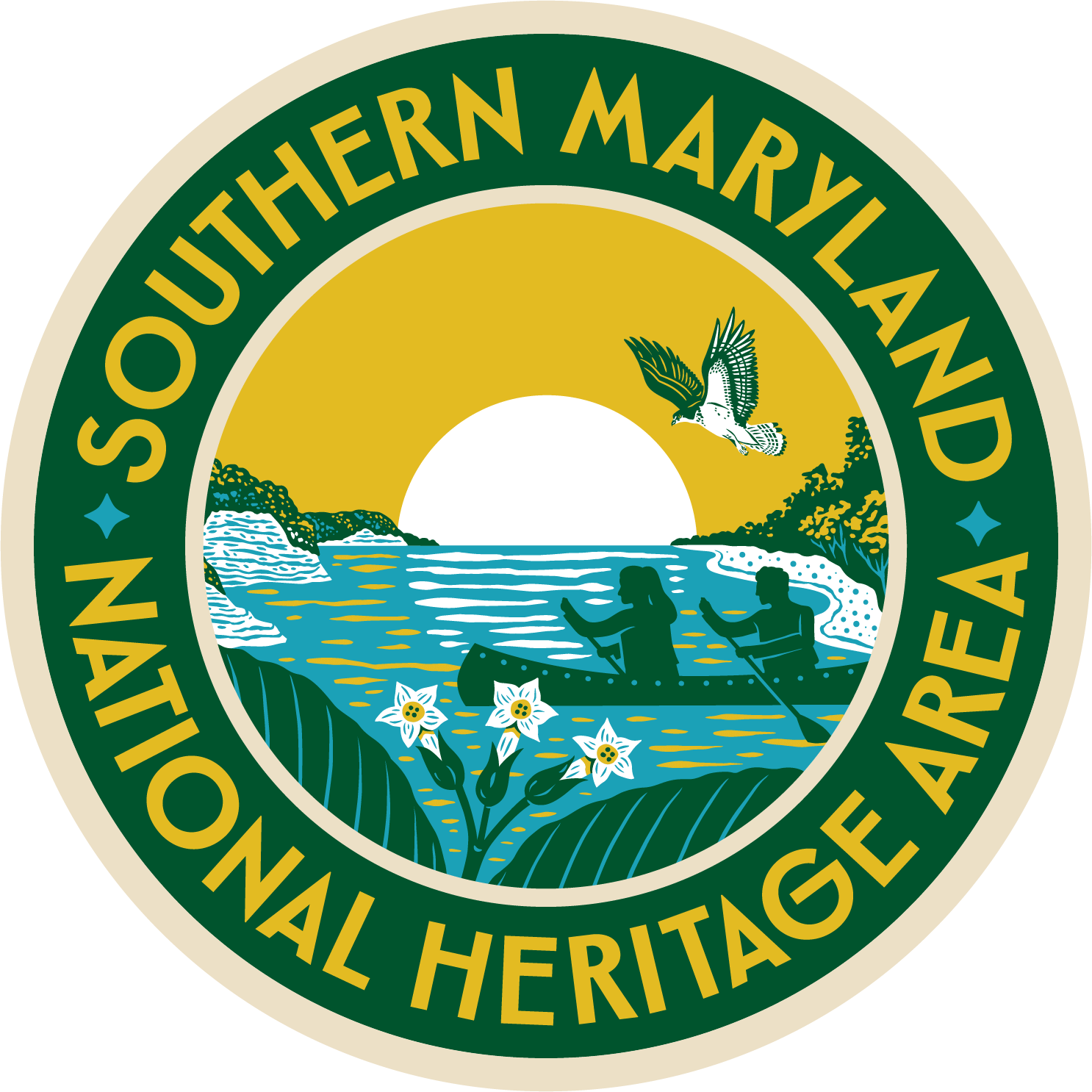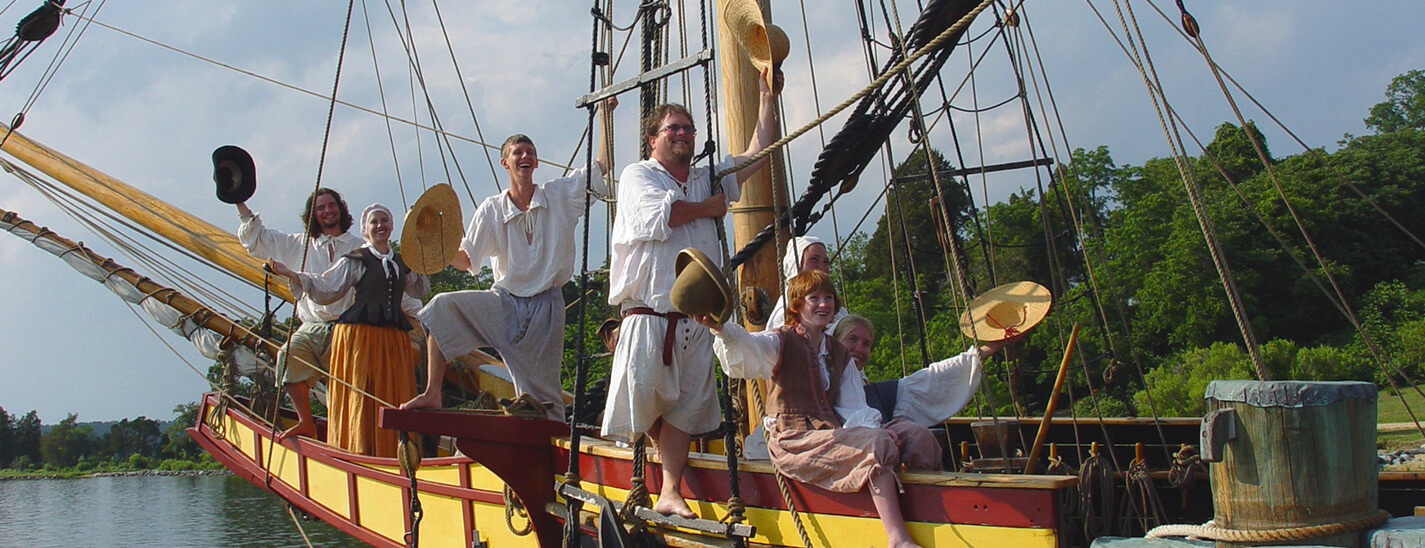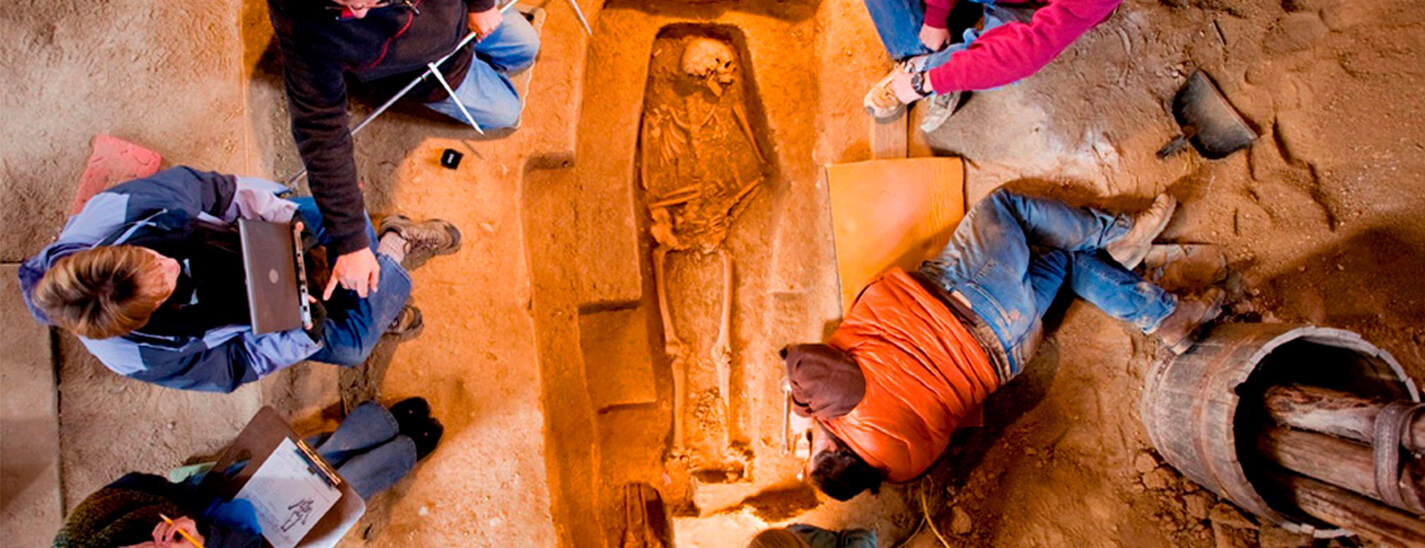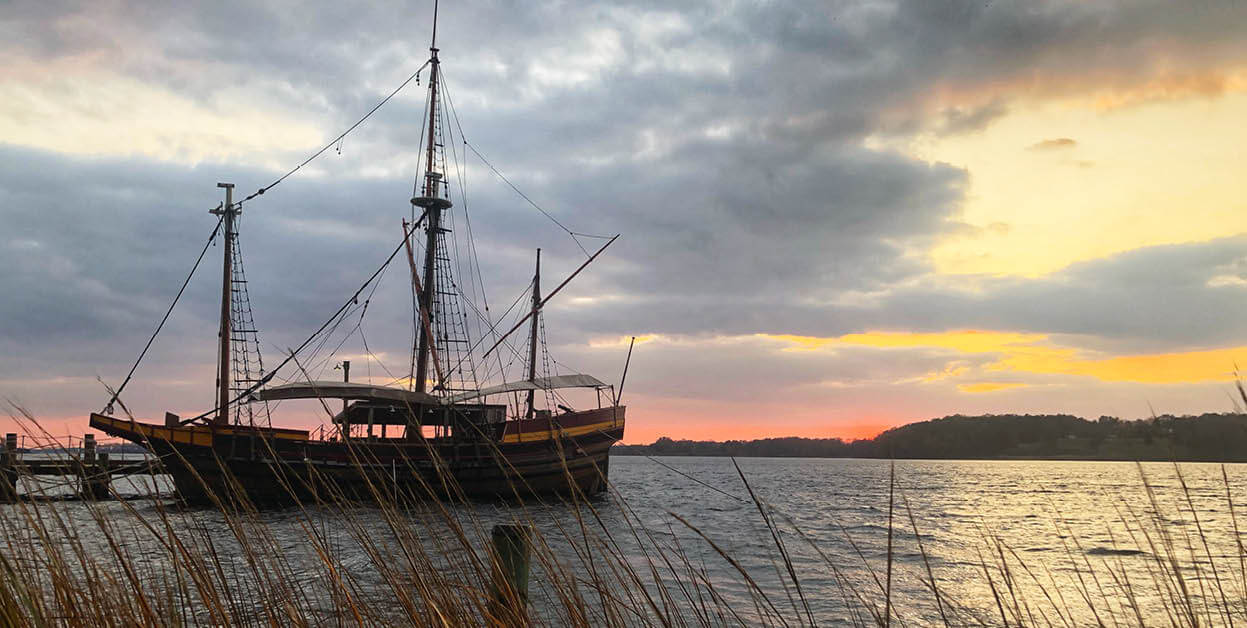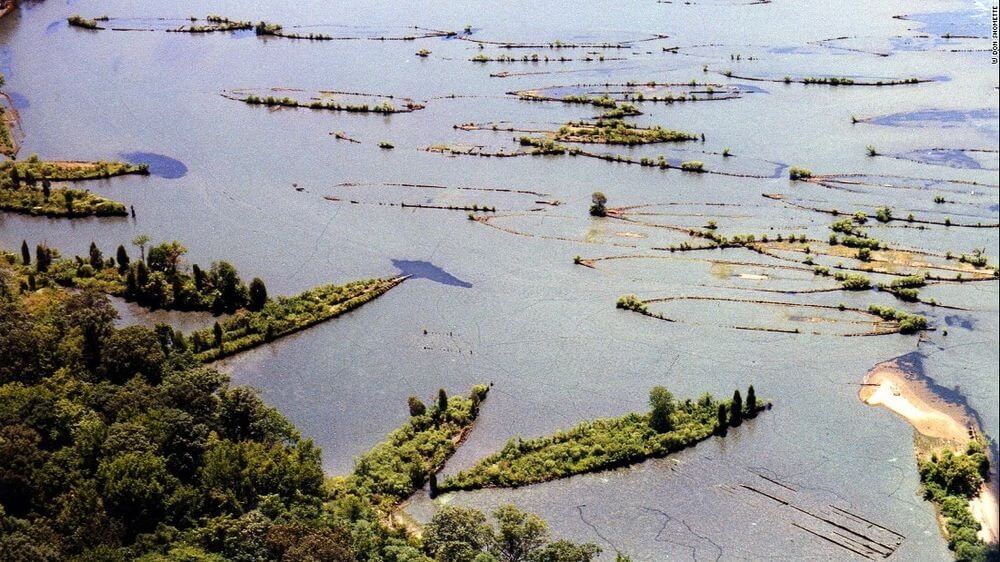Story from The Enterprise (SoMD News). Link to the original story: https://www.somdnews.com/enterprise/news/local/tri-county-initiative-aims-to-uncover-untold-stories-in-maryland-history/article_23ae25b6-8279-526f-b906-38fdd41de869.html
By MADISON BATEMAN mbateman@somdnews.com | Jul 10, 2020
A tri-county initiative is aiming to commemorate the diverse culture of Southern Maryland and illuminate experiences of early Marylanders and Native Peoples, 14 years prior to the 400th anniversary of the landing of the Ark and the Dove at St. Clement’s Island in 1634.
Maryland Rediscovery 400 is a newly formed partnership between state and county agencies, under the Southern Maryland Heritage Area, to study and memorialize places where people interacted within a diverse cultural environment. The mission is to illuminate various perspectives and experiences of early Marylanders and Native Peoples through the study of material culture, structures, and landscapes, according to the Destination Southern Maryland website.
Lucille Walker, director of Destination Maryland, told The Enterprise on Monday morning they’ve been “carving out ideas since 2019” for the program and in May they were able to establish a steering committee, consisting of 10 representatives from St. Mary’s, Charles and Calvert counties.
“We look at all three counties to explore narrative,” she said.
The group conducts community-based projects which are informed through consultation with Native people and those of African descent, as well as local groups and churches. Many of these projects use archaeology to access new information about these cultures.
“Not all history is written down, some of it is in the ground,” Julia King, professor of anthropology at St. Mary’s College of Maryland and a steering committee member, said Wednesday.
While not all of the committee members are archaeologists, all of them use archaeology in their work, she said. “We all work on various projects” and pool them together to “start to tell a story.”
She said the 400th anniversary of the landing of the Ark and the Dove “is an opportunity to really think of Maryland history as an integral whole, a much larger project than just ‘Maryland was founded in 1634.’”
King shared she worked at Historic Sotterley in Hollywood over the spring, where a “whole complex of slave quarters was discovered that no one knew about,” through the findings of ceramic, nails and brick.
She mentioned her plans to work at Newtowne, the first settlement in the Maryland province after the original at St. Mary’s City, in the fall, where she discovered cultural sites in 2015.
The artifacts and data generated from investigations such as this one are used in public outreach products, including exhibits, story maps, speaker series, and site tours. Walker said they also plan to create “some kind of program” to make new information readily available to the public. For now, updates are posted to the Maryland Rediscovery 400 Facebook page.
Franklin Robinson, a member of the steering committee and the Charles County Historic Preservation Commission, told The Enterprise this week, Southern Maryland often gets forgotten with the excitement of Baltimore and Washington, but this program will help the area “get noticed” and potentially “lay the groundwork for what the state” will do as far as a celebration of the 400th anniversary of the Ark and Dove landing in 2034.
“So many stories have gone untold,” he said. “In making people aware of where they live,” it brings them a “better understanding of each other.”
Robinson mentioned several sites of interest, including Serenity Farm in Charles County, which is home to the oldest African American burial ground, where it was discovered 23 African Americans had been buried over 200 years ago.
One of the most exciting discoveries so far include a Piscataway dig in Prince George’s County, which “turned out to be an amazingly robust site,” full of artifacts from the colonial era,” he said.
Over 400 years ago, the Piscataway tribe primarily lived on the north bank of the Potomac River in what is now Charles and southern Prince George’s County.
Sites like these “make the area much more interesting … it provides a richer, broader story,” Robinson said.
He also mentioned Historic St. Mary’s City and several Native American sites in Calvert County.
Walker said the initiative is extending through Prince George’s County and eventually may “go statewide.”
Dorothea Smith, member of the African American Heritage House of Charles County, is another steering committee member working to uncover untold stories from the past. She said her goal is to tell the “inclusive, correct history of Maryland,” through Native Peoples and those of African decent. As soon as the COVID-19 pandemic allows, she said she is looking forward to working in Eagle Harbor in Prince George’s County, which is known as a historic African American community.
The program “makes you aware of things you weren’t aware of before,” she said, adding she’s worked with many other members of the steering committee previously and they have “a lot of knowledge” to share.
Walker said “it’s time to tell an inclusive story … this is one attempt at that.”
Twitter: @MadisonEntNews
